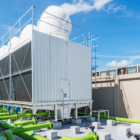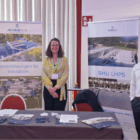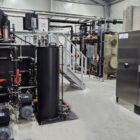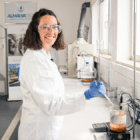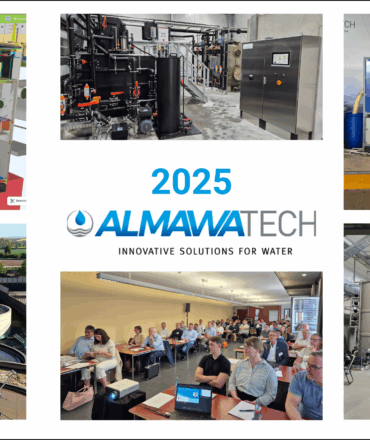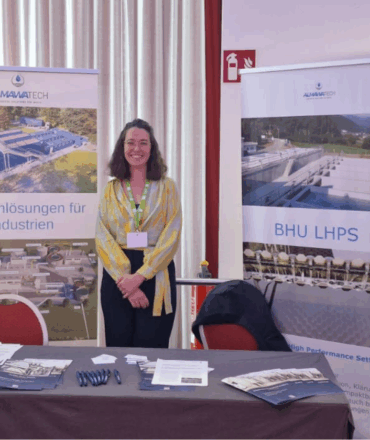Trace substances, which are present in low concentrations in our waters, have become one of the most pressing environmental problems in recent decades. These micropollutants, which originate from everyday consumer goods, industrial processes and agriculture, enter our rivers, lakes and oceans via wastewater. There they can accumulate and endanger both ecosystems and human health. In this article, we take a closer look at the origin of these trace substances, how they spread via wastewater and the latest technological developments that are helping to curb this threat. Particular attention is paid to our new, patented process for eliminating trace substances: AktivFlock.
Table of contents
Trace substances: Origin and applications
In recent decades, trace substances have increasingly attracted the attention of scientists and engineers as they pose a serious threat to the environment. These micropollutants, which are present in low concentrations in our waters, can have a significant long-term impact on ecosystems and human health. But what are trace substances and how do they get into our environment?
Trace substances comprise a variety of chemical substances that originate from different sources. They are contained in a variety of consumer goods and industrial processes and enter our wastewater via different pathways. Examples of such substances are
- Bisphenol A (BPA): An industrially produced chemical used in the manufacture of plastics and resins. It is known to have hormone-like properties and can be released into the environment if plastics are not properly disposed of or recycled.
- Atrazine: A widespread herbicide used in agriculture. It is particularly stable and can enter rivers and lakes via the groundwater, where it harms aquatic organisms.
- Diclofenac: A widely used painkiller that is insufficiently removed in sewage treatment plants and ends up in rivers. There it can impair the liver and kidney function of fish and other aquatic organisms.
These and many other trace substances enter the environment via wastewater and accumulate in ecosystems. The consequences are often serious: from the impairment of reproduction in animals to the potential threat to human health due to the accumulation of these substances in the food chain.
Input path wastewater
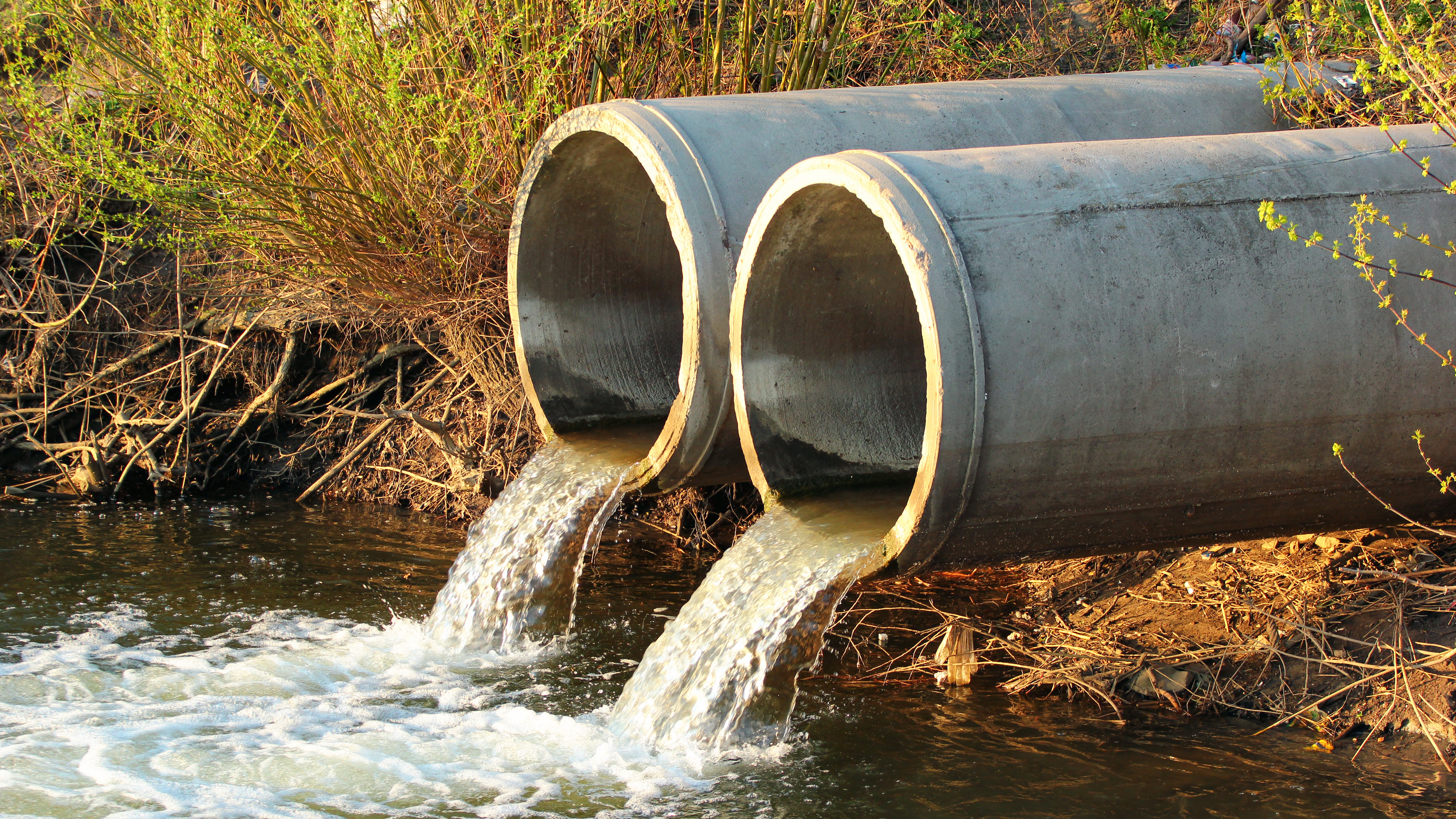
Photo: As the majority of trace substances are not yet completely removed in municipal wastewater treatment plants and industrial wastewater treatment plants, these plants represent the main pathway for trace substances entering aquatic ecosystems.
Wastewater plays a central role in the spread of trace substances in the environment. Numerous chemical substances enter our rivers, lakes and oceans through the disposal of household, industrial and agricultural wastewater. Wastewater treatment plants, which are responsible for treating this wastewater, often reach their limits when it comes to completely removing micropollutants such as pharmaceutical residues, pesticides and industrial chemicals. These substances often pass through the treatment processes unhindered and enter the natural water cycles. Once released into the environment, they can spread over long distances and contaminate various habitats.
Of particular concern is the fact that many of these substances are biologically active and can have a significant impact on aquatic ecosystems and human and animal health even at low concentrations. The input via wastewater is therefore one of the most important distribution routes for trace substances and represents a major challenge for environmental protection.
Stricter limits and regulations: A challenge for wastewater treatment plants and industrial companies
In the coming years, the limit values and regulatory requirements for wastewater treatment plants and industrial companies that discharge trace substances into the public sewer system are expected to become even stricter. Increasing awareness of the harmful effects of micropollutants on the environment and human health has led legislators at national and European level to enact stricter regulations. These new regulations aim to significantly reduce the pollution of water bodies by endocrine disruptors, pharmaceuticals, pesticides and other organic compounds.
For many wastewater treatment plants and industrial operations, this means that existing treatment processes need to be modernized and new technologies implemented in order to meet the stricter requirements. The introduction of processes such as AktivFlock can play a decisive role here, not only to ensure compliance with future limit values, but also to make an active contribution to protecting our water resources. Adapting to these stricter regulations at an early stage is becoming increasingly important for companies, not only from an environmental perspective, but also from a legal and economic perspective.
The process for eliminating trace substances: AktivFlock
In view of the increasing challenges posed by trace substances in the environment, we at ALMAWATECH have been working intensively on innovative solutions for effective wastewater treatment. Our answer to this challenge is the patented AktivFlock process.
AktivFlock is a combination of precipitation, flocculation and oxidation using the Fenton process, which has been specially developed to remove micropollutants and trace substances from wastewater. What particularly distinguishes our process is its efficiency at a neutral pH value and its ability to work without the formation of unwanted by-products.
The advantages of AktivFlock in detail:
- Effective removal of trace substances: AktivFlock is able to efficiently remove a wide range of micropollutants and trace substances such as bisphenol A, atrazine, diclofenac and many others. This is achieved through a precisely coordinated combination of chemical reactions and physical processes.
- Versatile application possibilities: Our process can be combined in parallel with ALMA BHU LHPS technology to remove not only trace substances, but also phosphorus, nitrogen, COD and heavy metals from wastewater. As a result, AktivFlock offers a comprehensive solution for a wide range of wastewater treatment requirements.
- Sustainability: Compared to conventional processes such as ozonation or activated carbon filtration, AktivFlock is characterized by a significantly lower CO₂ footprint. In addition, no problematic by-products such as bromates are formed, which makes the process more environmentally friendly.
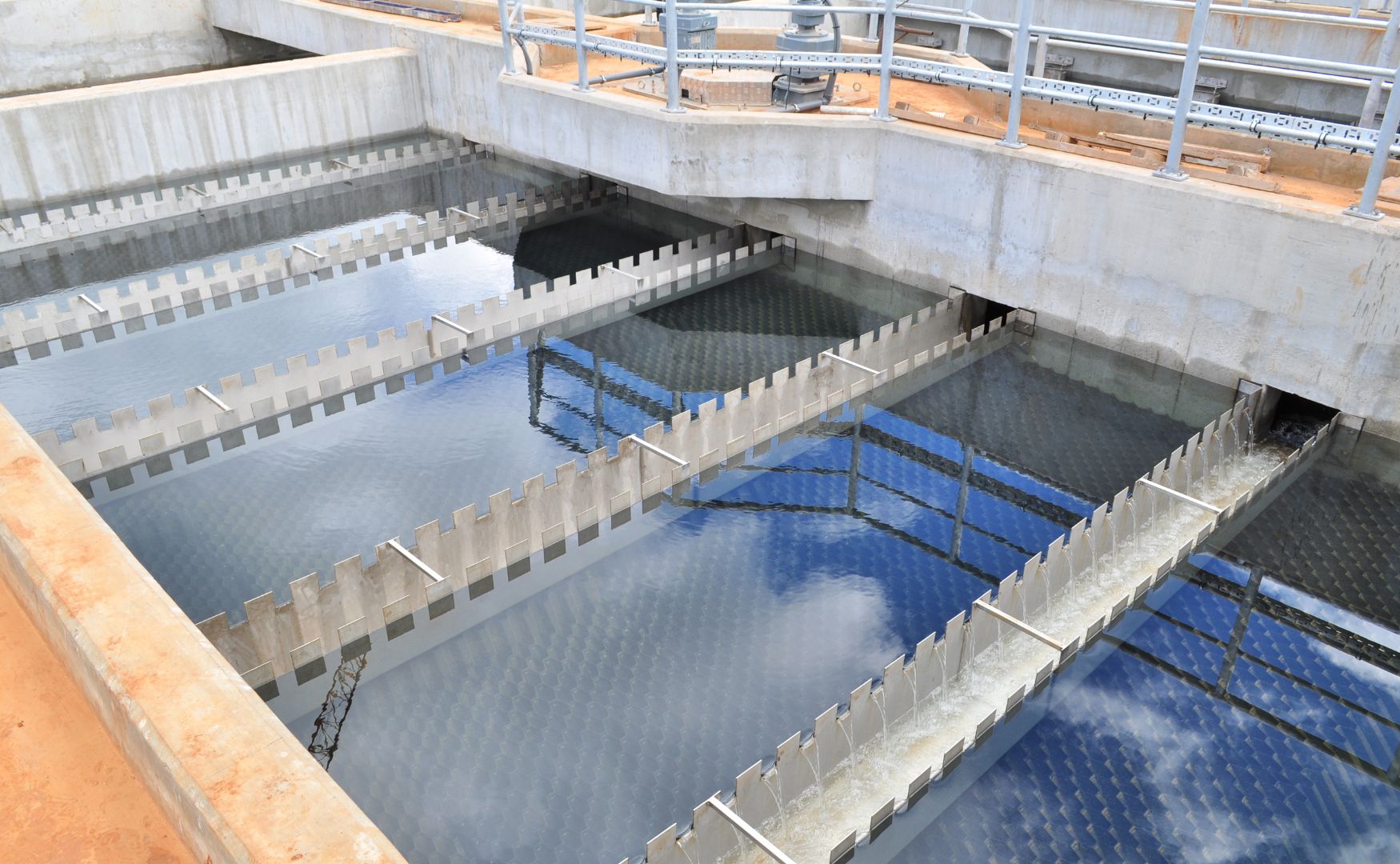
Photo: Photo of the high-performance separator of our ALMA BHU LHPS for separating the pollutants bound in flocs from the AktivFlock process.
After extensive pilot phases, we are proud to have developed a process that offers clear advantages over traditional methods. Thanks to AktivFlock, we can not only improve the quality of the treated water, but also make a significant contribution to environmental protection.
Thanks to our team
This success would not have been possible without the dedication and hard work of our team. Especially during the intensive research and development phase, our engineers and scientists have done an outstanding job. Together, we have taken a significant step towards more sustainable wastewater treatment and we look forward to deploying this technology worldwide.
With AktivFlock, we are setting a new standard in wastewater treatment and demonstrating that innovation and sustainability can go hand in hand.
We will be happy to provide you with further information and individual advice on wastewater treatment. Simply contact us!



